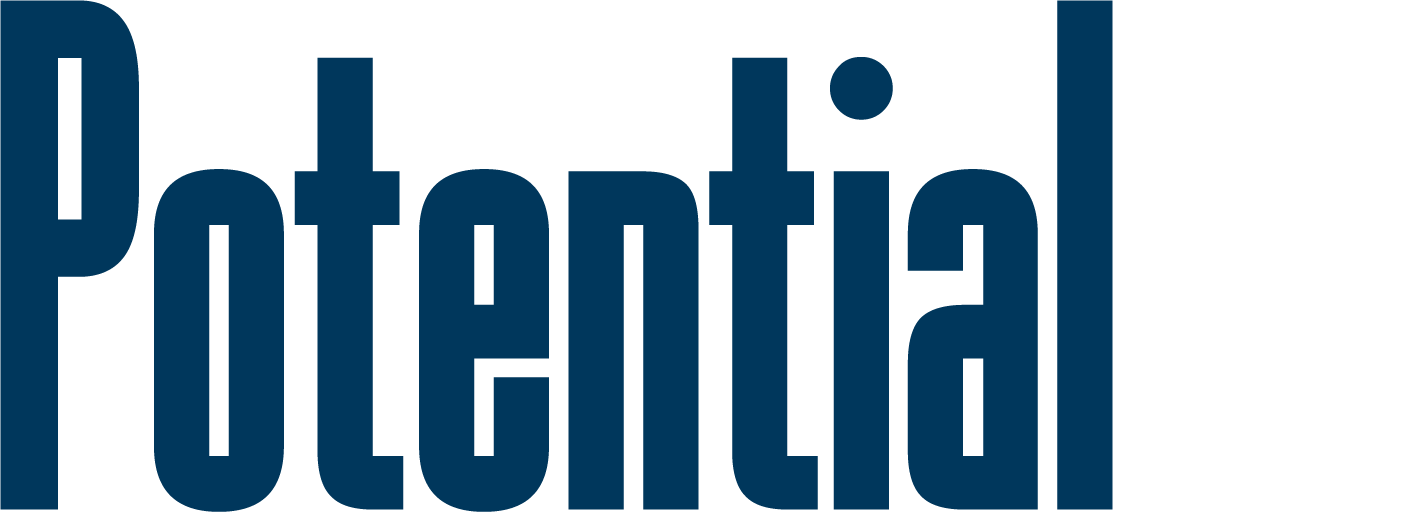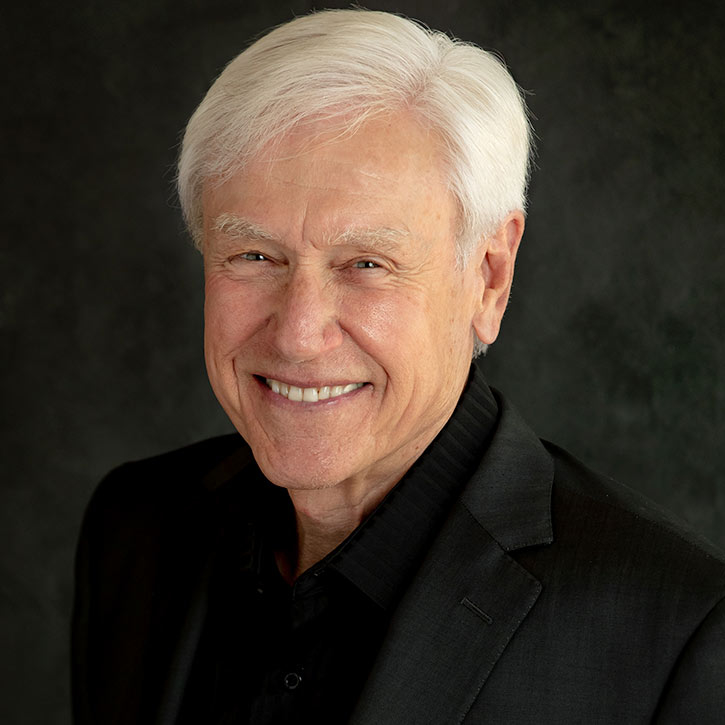21st Century Renaissance
Ben Lytle
“Renaissance” refers to a renewed or heightened interest in something previously known but forgotten or ignored. The conditions that led to the European Renaissance are similar to the present day. Is a twenty-first-century Renaissance possible? Let’s explore.

Institutions Out of Step with Those They Serve
The centuries leading up to the European Renaissance were ruled by an autocratic and self-serving elite with little concern for the public. They fought bitterly for power but cooperated to stop any threat from the general populace.
Today, accelerating change, democratizing technology, population decline, an aging society, and other change forces are causing institutions and their leadership to adapt more slowly than the needs of the people they serve. Every institution seems less respected than a decade ago, including government, education, religion, healthcare, mass media, and many large corporations. This process is called deinstitutionalization/ disruption and was predicted over 50 years ago. We have already witnessed the effects in retail, book publishing, taxis, automobiles, space, music, movies, and television.
Temptations to Repress
Pre-Renaissance leaders decided what could be written or spoken, scientifically researched, invented, and the art that could be created and displayed. Violations were often punishable by imprisonment or death.
Today, a culture of dogma-based intolerance uses public humiliation, economic boycotts, and vocabulary hypersensitivity to impose its will. Intolerance has led to political and social polarization that limits free-flowing intelligent discussion. Leaders attempting to repress free expression demonstrate a shocking lack of wisdom; their actions intensify the will to overcome, following Newton’s Third Law of Cause and Effect.
A Pandemic
The bubonic plague peaked from 1347 to 1351, ravaging Europe and the world as international trade unwittingly ferried plague-carrying rats, lice, and fleas. One-third to one-half of Europe’s population perished in just five years. Smaller outbreaks continued until a cure was discovered five centuries later. Confidence in institutional leadership declined. Before the plague, people accepted life’s suffering. Survivors sought beauty, enjoyment, and meaning elements of the sophisticated Greek and Roman cultures that had been forgotten or ignored for centuries.
The 2020 COVID-19 pandemic should not have been a surprise. Experts warned of pandemics for decades, and several epidemics were pandemic near misses. As with the bubonic plague, people relied upon unprepared institutions to protect them. Airlines and cruise ships spread the coronavirus rapidly, just as merchant ships and trade caravans spread the bubonic plague. Thankfully, the coronavirus cause, life-saving vaccines, and therapeutics were discovered in a year instead of 500 years, saving tens of millions. The COVID- 19 pandemic caused or accelerated many social and technological changes like the bubonic Plague and the Renaissance.
Declining Population and Worker Shortages
The bubonic plague led to the first-ever recorded population decline and subsequent workforce shortage, which improved wages and living conditions until the population rebounded. A worker shortage was first recognized during the COVID-19 pandemic, and demands by employees were shifting to materially or aesthetically rewarding work.
Birth rates have been falling for over fifty years, in stark contrast to Malthusian predictions of overpopulation feared by many people since the late 1800s. Population is declining and aging in all developed countries due to falling birth rates and expanding life expectancy. It is reaching crisis levels in many countries. The trend will be worldwide after 2160. No country has successfully reversed declining birth rates. After 2160, most young people will live throughout Africa and the Middle East instead of in countries that need young workers. The aging population’s pension and healthcare costs will become unaffordable without increased subsidies from fewer younger people, older people working longer, or innovation that alters present trends. Economic expansion has always relied upon population growth. Now, it must depend upon automation, especially artificial intelligence, to increase productivity per person faster than the rate of population decline. Notice the silence of institutional leaders on the decline of the population and the aging population despite the issue being well-known for decades. Only Pope Francis has recognized it and encouraged people to have more children.
Banking and Finance
Before the European Renaissance, prosperity, trade, and innovation were constrained by the absence of banks, monetary exchanges, and modern trade practices. A mercantile class emerged in Italy that professionalized banking and trade practices and created enormous wealth for the founding families and their cities. Today, the economic system that began in Renaissance times is challenged by new economic concepts made possible by digital currencies and blockchain technology. The future’s economic system will likely look very different from the one we know. Cash and banks could be casualties.
Science
During the Renaissance, scientific discoveries replaced centuries-old taboos with the scientific method and foundations of modern sciences. The discovery of the New World in 1492 and subsequent discoveries of galaxies, gravity, and the earth orbiting the sun made people excited by innovation and less controlled by superstition.
Scientific breakthroughs in the next thirty years will challenge today’s perceptions of the world, the universe, and what it means to be human, profoundly affecting the life of every person on Earth. Possible discoveries may include the universe’s origins, other life forms in space, virtually unlimited quantum computing power, consumption-free energy, solar desalinization, massive food production increases at a lower cost per calorie, extended longevity, and seamless interaction with human-like automation. Will the population of the next three decades embrace innovation or be deterred by fear and superstition?
The Pace of Innovation and Invention
The European Renaissance’s most significant contribution was miraculous creative output, especially democratizing innovations and art. Inventions included the printing press, mechanical clocks and watches, scales, eyeglasses, telescopes, microscopes, barometers, thermometers, flush toilets (thank you very much), slide rules and adding machines, compasses and reliable maps, whiskey, and bottled beer (thanks again), muskets and cannons, parachutes and submarines, wrenches and screwdrivers, and many more.
The creative output of the next thirty years will far exceed the impressive two hundred years of the European Renaissance. Until recent decades, most innovation was capital, labor, and time-intensive to develop and propagate. Think steam, electricity, steel, textiles, oil, automobiles, etc. Most future innovations will arise from medical research, artificial intelligence, software, or circuitry developed or supported in the Cloud at a fraction of the time and cost. The public will adopt innovations much faster. Recent examples include the iPhone, Apple Watch, Uber, Tesla, Netflix, videoconferencing, COVID-19 vaccines, and therapeutics.
It is a staggering concept, but innovation and creativity could become mass-produced in the next thirty years. A more significant percentage of the population will be freed to do creative, problem-solving, and complex human relationship work as artificial intelligence, robotics, and other automation assume the repetitious, physical, or dangerous work. Technology like the Cloud, AI, videoconferencing, voice-and-thought-controlled brain-to-computer interfaces, and alternative reality will advance collaboration and accelerate discovery. It will also reduce development costs and time, promote low-cost innovation financing, and accelerate adoption into daily use.
Entrepreneurs, inventors, designers, and creative artists could increase from millions today, mainly in developed countries, to billions worldwide. Innovators will collaborate as if part of a single mind, simultaneously creating or sharing experiences. Each new innovator will operate at near genius levels with fewer physical limitations. The per-person creative output will increase through longer, healthier, more productive work lives.
Re-imagined Democratized Institutions
Parliamentary democracies grew from seeds sown in the European Renaissance and watered in the European Enlightenment. Mercantile families and the cities they developed into city-states challenged the established totalitarian order. New skilled professional classes were emboldened by high demand and plague-related worker shortages. Universities were formed—the Protestant Reformation developed in response to abuses of clerical power.
Accelerating innovation and change in the next three decades will disrupt institutions that fail to democratize their approach to the public. Democratized versions 2.0 of today’s institutions will be remade in a New Reality as Renaissance Europe remade theirs.
Is a 21st-century Renaissance Possible?
Comparisons to the preconditions of the European Renaissance and today are imperfect but striking. The next thirty years could be far more transformative. Natural resources and military power have been the historic sources of national power. In the future, it will be the ability to innovate and attract talent and wealth by being a desirable place to live. Lifestyles will have many more options driven by work from anywhere (WFA), digital currencies, and perhaps digital passports and citizenships for sale in a free market. Governing the Cloud could evolve to become a type of democratized world service organization. Institutions will be redesigned to meet the needs of people living in very different times.
What have we forgotten or ignored, like people of the European Renaissance, that we might relearn? Could we reawaken historical perspectives? Might we become wiser and demand wisdom from our leaders instead of choosing fools because they are blind advocates of our personal causes? Will we be wise enough to know when people use alarmism and fear to manipulate us? Will life become more valued when there are fewer of us? Will we appreciate why ancient societies honored wisdom as the most significant human achievement and celebrated the wisest as their heroes? These questions could be enough for a renaissance of the human spirit.



